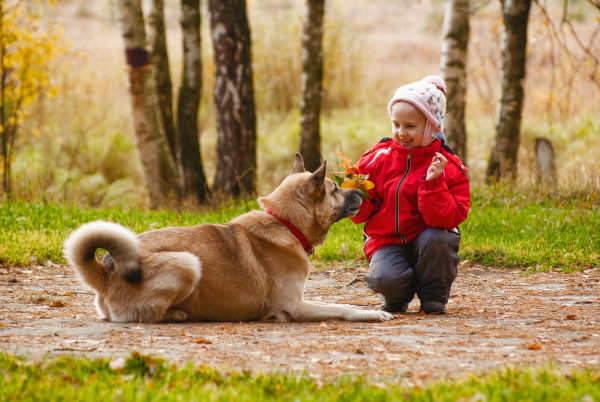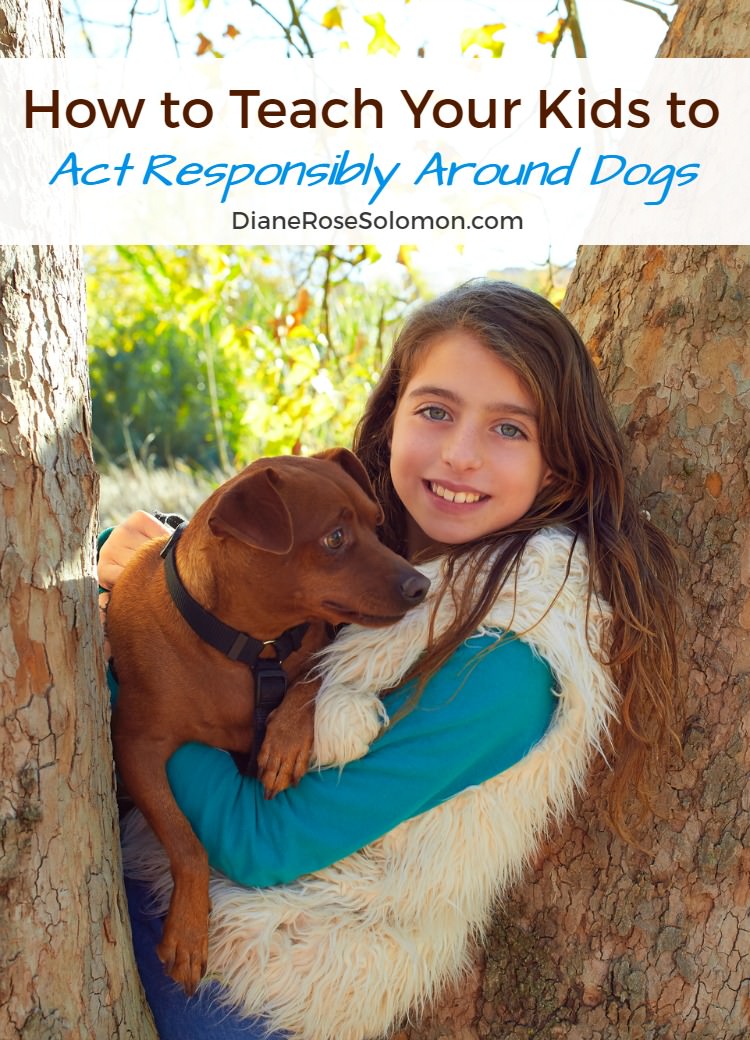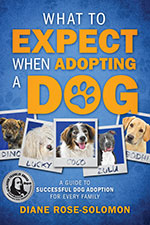 Your dog is smart. They look for a leader, or leaders in the family. Adults generally exude more authority, so a new dog usually takes queues from us. Children have a different energy, and dogs behave differently around them. Dogs can ignore children, or see them as competition. Kids aren’t the “pet parent” and dogs know it.
Your dog is smart. They look for a leader, or leaders in the family. Adults generally exude more authority, so a new dog usually takes queues from us. Children have a different energy, and dogs behave differently around them. Dogs can ignore children, or see them as competition. Kids aren’t the “pet parent” and dogs know it.
Since dogs may perceive kids as lower in the hierarchy, several problems can arise. The dog may try to physically push them around. It can escalate to growling, especially when a child is near food or toys, or even baring his teeth and biting when a child approaches or tries to play with the dog. According to the CDC, most dog bites occur in kids ages 5-9.
 It’s important to teach a child how to appropriately interact with the family dog (these skills are great for meeting strange dogs too).
It’s important to teach a child how to appropriately interact with the family dog (these skills are great for meeting strange dogs too).
— Teach kids basic ground rules. For example, they should not run past dogs, pull their tail, yell at, taunt, try to hug them, or stare into their eyes. You should also teach your child to move with intention around the dog. Help them learn how their behavior might be interpreted by the dog.
— A good approach that is age appropriate for any family is having children join a family walk. This way, the dog can learn to recognize the child as one of the “pack”. This is a good time for your child to observe canine body language as your dog explores the world. At some point, while you are holding the leash, the child can hold onto it too. With your supervision, and readiness to take over if the situation becomes too overwhelming, older children can walk the dog themselves.
— Get kids involved in training. Younger children can ask a dog to sit before being pet or giving them a treat. If the child is older, they can teach fun “tricks” like shake and roll over. Joining you at training class if allowed by the instructor is a good way for children to learn from the pros. This will all help build a bond between the dog and child and ideally allow your dog to respect your child.
— Teach kids that dogs communicate differently than people. They can’t speak so they communicate with body language. Teach kids to read the “warning signs” when their dog is getting stressed. It can be complicated so it’s ultimately up the parent to spot the signs but there are some simple things you can teach kids.
Some signs that kids can easily recognize are growling, stiffening and freezing, yawning at times other than when they are just waking up, and being able to see the whites of their eyes. If a dog is doing any of these things, the child should be taught to leave the dog alone and let an adult know. A super easy and fun way to teach kids what relaxed versus stressed body language looks like is to have them watch this video from Stop the 77:
— Older children can start getting involved in day-to-day care. Dogs can learn to see children as someone that provides and cares for them. Kids can learn to brush or feed a dog, which can be a great bonding experience, all under close supervision of course.
Helping kids to properly interact with a dog will help keep everyone safe and happy. I highly recommend you spend some time at the TheFamilyDog.com and Stopthe77.com where you will find the best videos that teach kids the dos and don’ts of interacting with dogs.
 And remember, your child should be taught to always ask permission before petting a stranger’s dog.
And remember, your child should be taught to always ask permission before petting a stranger’s dog.
For more information about bringing a new dog into your home, pick up a copy of my book What to Expect When Adopting a Dog. This book is a guide to successful dog adoption for every family and offers expert advice from rescue specialists, veterinarians, dog parents, and pet professionals. Consider it a one-stop shop for all dog-related questions, before, during, and after adoption.

